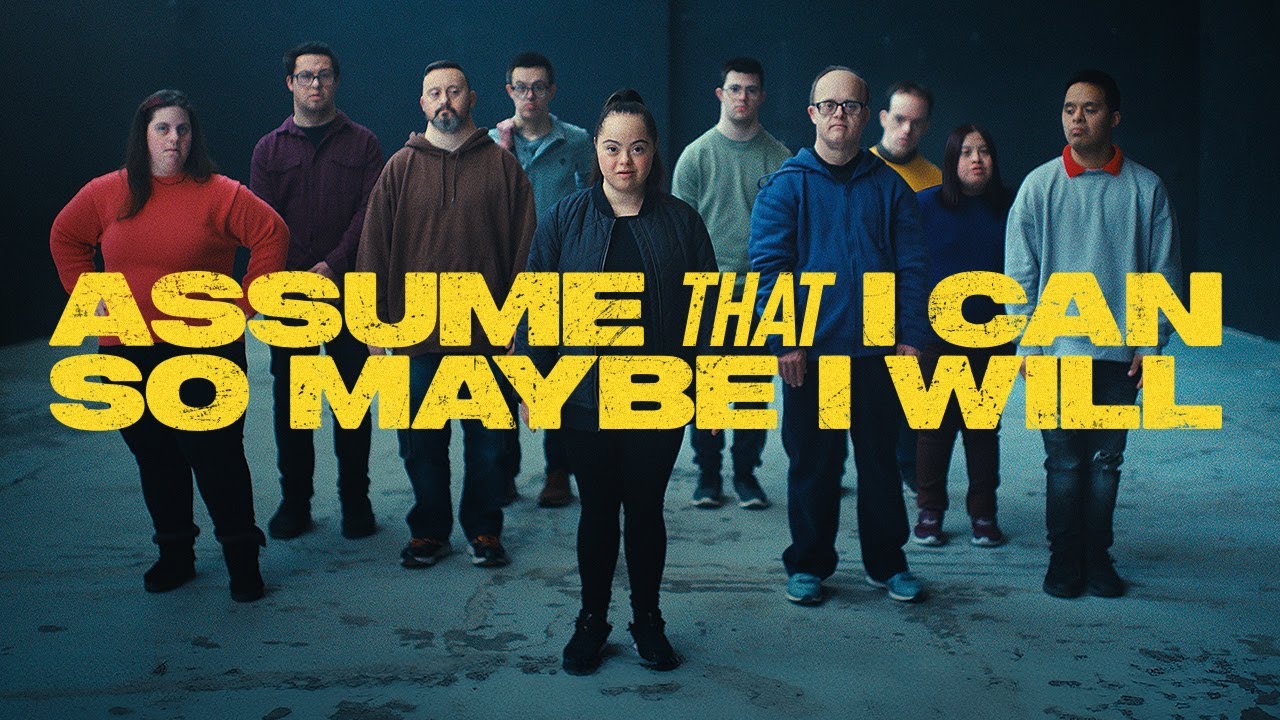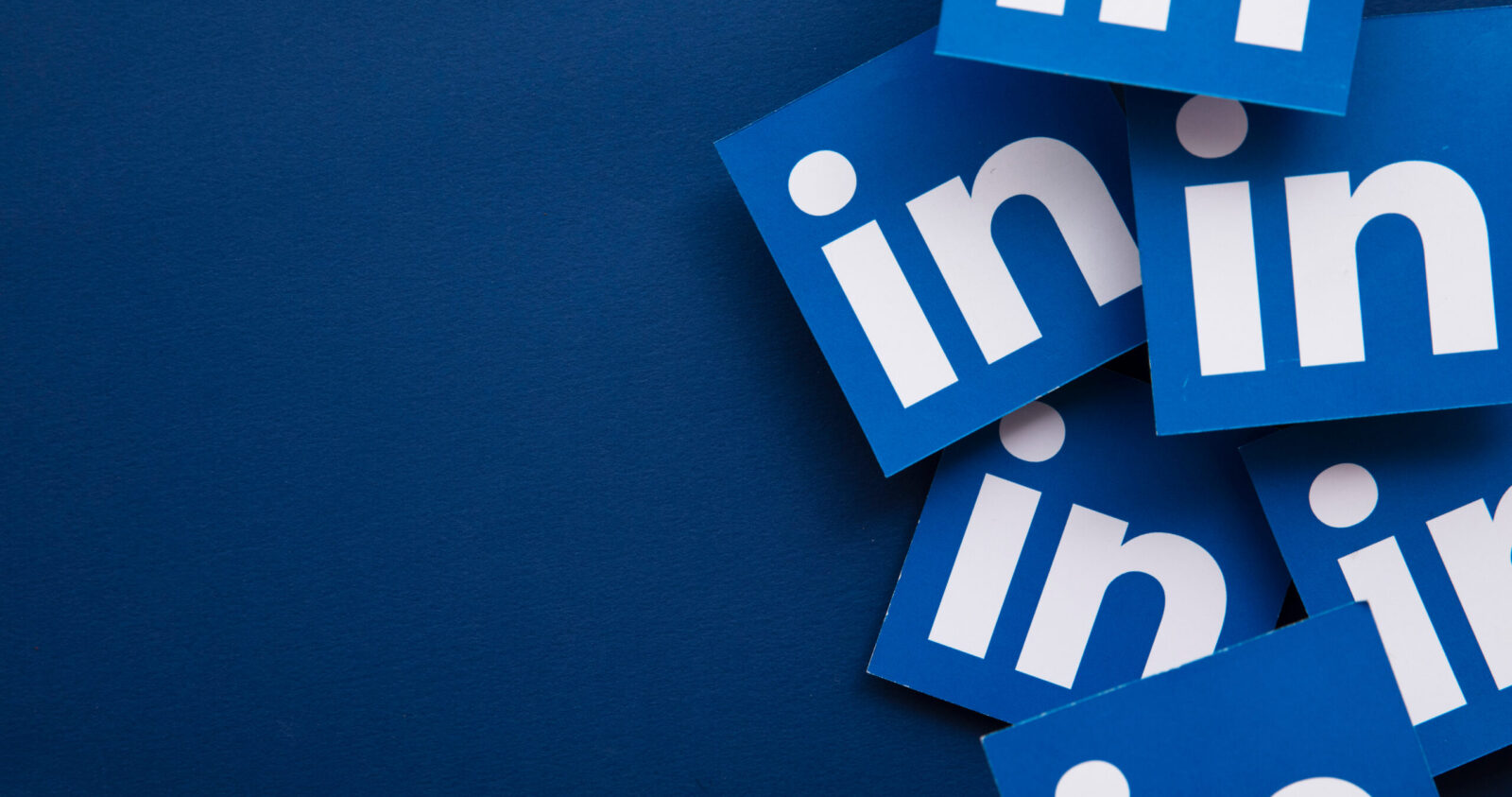Here’s the latest scoop on what’s happening in the digital world this month, straight from the Brands2Life Digital Marketing and Social Media team.
In today’s newsletter:
We love to see brands taking risks and stepping outside their content comfort zones. Our favourite of the moment is the NDSS (National Down Syndrome Society) with its latest brand film – ‘Assume that I can’.
In a nutshell…
The film shows the power negative assumptions can have to the lives of people with Downs syndrome. It encourages us to reverse these perspectives, choosing positive assumptions – that people with Downs syndrome can do it all – instead.
The film’s a far cry from NDSS’ usual kind of content, and the buzz around it has been HUGE. What lesson are we taking from this? Video needs to do more in 2024, and that the universe rewards risk.

If you’re a LinkedIn user in the European Economic Area, you’ll soon be asked to make some decisions about the data you share, how it’s handled, and the recommendations the platform serves you. Why? Because the Digital Markets Act has ruled that people should have more control of their LinkedIn activity data – AKA what they’re liking, clicking and commenting on. This could dramatically change how LinkedIn works, as unless you actively opt-in, you’ll be treated as an automatic opt-out.
What’s our Paid team saying about it?
There’s good news: our Paid team says it shouldn’t affect targeted ads that use profile data like job role and company. It could affect retargeting audiences that use LinkedIn activity data, though. The extent of the impact will depend on the opt-in/opt-out rate, which only time will decide… Watch this space for more updates.

Elon Musk’s latest of many, many changes to X means pinned posts will now be shown to an account’s entire audience. But, before you get excited, it’s not every pinned post. ‘To prevent gaming of the system’, this will only apply to one post every 48 hours.
Why do we care?
If you’re still using X to share organic social content, this could be a handy way to expand the reach of your pinned posts. We recommend pinning your most important messages, to make sure they get in front of more eyes. While it’s not perfect, this update could ease some of the frustrations people are having around the algorithm not showing posts to their followers. And, if not, we’re sure there’ll be a new update soon, anyway.
Want to hear it straight from the horse’s mouth? See Musk’s update.

LinkedIn’s moving its focus from creators to news publishers. What does this mean? Essentially, that the platform will be building stronger relationships with publishers, keeping them updated on what’s trending so they can optimise their posts to resonate with people better.
So what?
From a content perspective, this move highlights how important it is to stay up to date on platform changes and to adapt your content strategy accordingly. That way, you can jump on new opportunities for engagement and gain visibility in niche professional communities.
LinkedIn’s also one to watch as there’s been a 25% increase in public conversations in the app – probably something to do with X’s downfall and Meta’s recent blackout. This platform seems to be having its main character moment, so we’re watching its every move like hawks. You know where to come for more updates.

Emojis: they’re the 21st century’s answer to adding personality to online messages.
But they can be read differently across cultures, genders, and generations. That’s why the way your brand uses them matters more than you might think. In fact, our research shows 37% of people would unfollow a brand if they used emojis that weren’t inclusive.
Don’t worry, we’re not saying you should avoid them at all costs. It just means you should check in and take a considered approach when making your pick. And here’s some good news: we’re offering complementary emoji health checks to guide you in doing exactly that.

Which brands have their emoji usage down?
“Emojis can be so powerful for breaking down complex subjects on social, Tetra Pak is a great example of a business that taps into this benefit.”
Charlotte Ingham, Senior Account Manager
“There are loads! Monzo Bank prides itself on being transparent and its use of emojis are no exception. It doesn’t use emojis to replace words, instead using them to add a little extra flavour to copy. It also gives consideration to which emojis (if any) will help get the right message across.”
Kinda Jackson, Managing Director
“I love the way that Hootsuite uses emojis to really draw the reader’s eye to key aspects of its copy, while acting as an extension of its conversational, playful tone of voice.”
Lily Todos, Account Executive